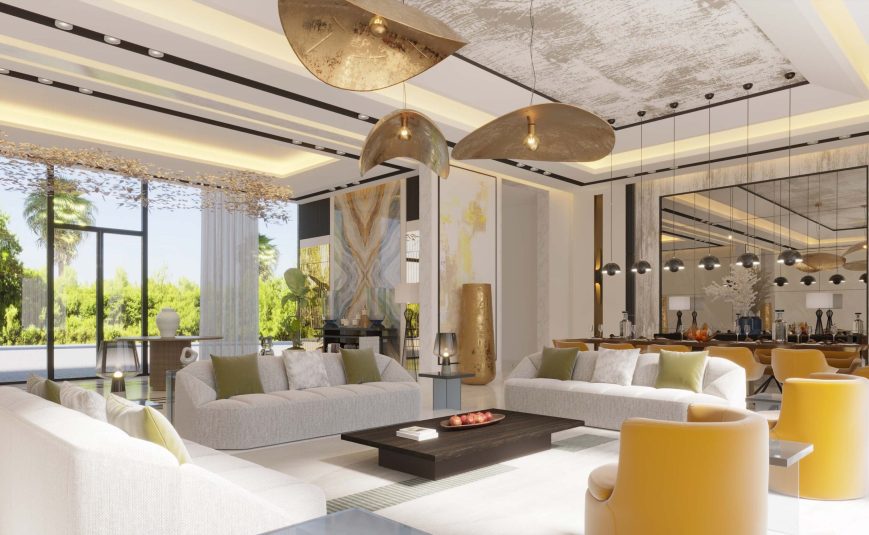
project Info
-
Category
Modern Style -
Tags
Office, modern style -
Date
October 12, 2023
MODERN OFFICE
Private office layouts have changed little over the last century. Four walls, a double ped desk and credenza, a desk chair and a guest chair or two. Yet while the private office has been fixed in place, most everything else about business has changed. The tools people need, the kind of work they perform, and the ways people work are dramatically different from fifty — or even ten — years ago. People have long sought peace and quiet at work, usually envisioned as a private office. Steelcase’s Workplace
Survey1 reveals that 92% of workers today say it’s important that they have control over the level of privacy in their primary workspace, yet two thirds of those people say they don’t have that privacy.
About one-third of all office workers have a private office, but many of those pricey spaces haven’t kept up with the times. They’re like an expensive dress watch that looks stylish and is fun to show off, but really just shows the time.
Now, wristwatches have evolved into web surfing PDAs. It’s time to apply some innovative thinking to the private office, and there are substantial business benefits for doing so.
Private offices typically house the highest paid workers in an organization, with larger per-person footprints than open plan workspaces. And while many private offices have remained essentially unchanged for decades, the rest of the workplace has become a mélange of cross-functional teams, group projects, and multitasking.
Summary Results
Many private offices today fail miserably at supporting these new ways of working. They provide no separation between the private, contemplative area of the space, and the public, collaborative area, making
it hard for workers to easily engage others. They also lack easy access to tools and visual displays for communicating ideas and information, a key to switching from individual work to collaborative work.
For example, in many offices the only area for guests is across the desk from the host. Sharing documents means one person must view everything upside-down. This tends to put the host in the dominant position. A computer stuck in a corner is also a frequent sight in a private office, but this layout hinders side-by-side collaboration, the posture shown to improve collaborative meetings.






